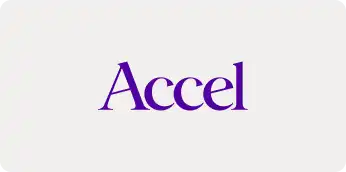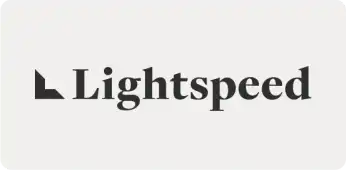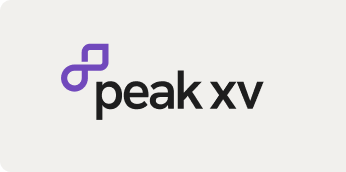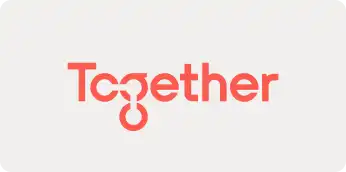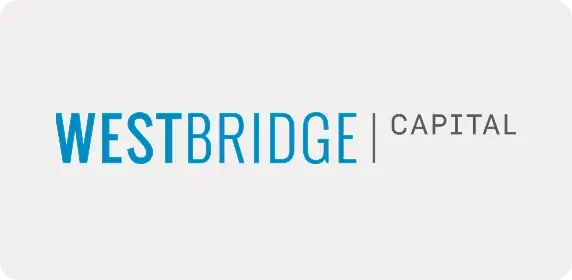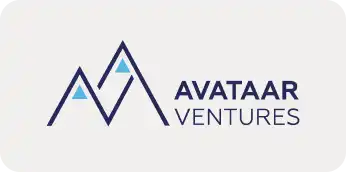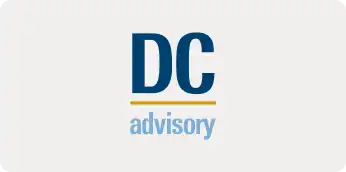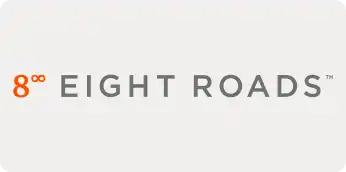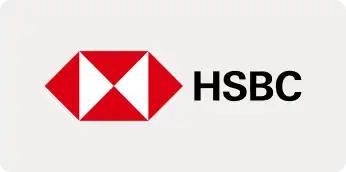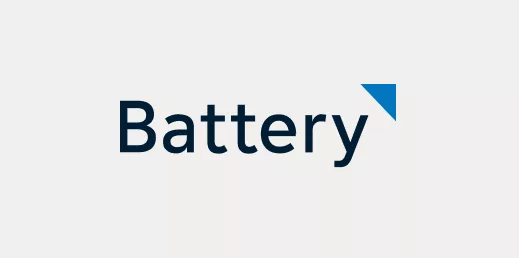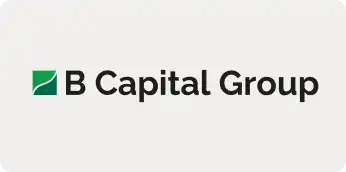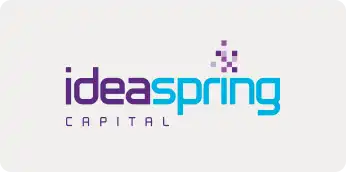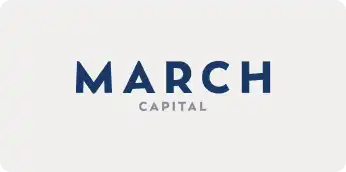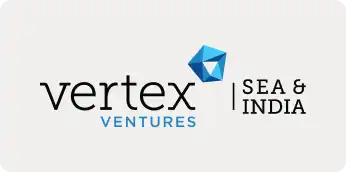Guest Background
Nivedha Sridhar is a Director of Marketing at Facilio, which builds property operations software for large enterprises. They manage 60M sqft across 500 buildings and are headquartered in New York with offices in Dubai, Chennai, UK, Italy, and Australia.
Previously Nivedha was a product marketer at Zoho.
Evolution of Facilio org chart
- Facilio was clear about having marketing from day 1. Being a new niche category with no playbook for enterprise SaaS marketing, the type of person they needed was one who could experiment and figure out what works.
- The org chart was driven by the company’s objectives, which included 1) demand generation, 2) revenue, and 3) brand and community.
- Hiring a product marketing specialist relatively early was driven by the need for the right positioning and story. Once you have a foot in the door in the enterprise space, you need to build out the Ideal Customer Profile (ICP)
- They didn’t focus on SEO / SEM / organic search since it was a new category with low search volume. Instead, they focused on direct traffic, events, communities, and content.
Category awareness and urgency matrix
- Urgency = opportunity cost of not adopting a solution
- Awareness = of both the pain points and alternatives available
- Low-urgency, Low-awareness: difficult to play in this space
- High-urgency, High-awareness: SEO + SEM
- Facilio was mid-awareness and mid-urgency and needed to increase that. They did that through media, third-party associates, events, and content. They also leveraged the fintech tailwind.
Figuring out ICP in the early days
- They zeroed in on the ideal customer profile (ICP) through customer events, including webinars, events, and video interviews with prospects and customers. A lot of face-to-face interactions. Commercial buildings were the most lucrative segment but team structure varies a lot, so they still had to figure out the different buying personas.
- The company’s matrix of “why buy, why buy now, and why buy us” helped them identify the best-fit customers – the ones with shorter sales cycles, more value, and the ability to show a win to their manager.
- The customer events happened after finding PMF; they weren’t tied to a particular customer count. They realized that 1) their customers were active on social media, and 2) had a wealth of knowledge but no place to share and learn, so they created a forum/outlet for that, which ended up exceeded their expectations. Each event had about 110-120 customers.
How Facilio got their first few customers
- The average sales cycle is 6-8 months, average ACV is about $100k.
- First customers came through inbound (aggressive media) + channel partnerships targeting the who’s who of real estate and getting their attention.
- The focus was on the Middle East due to its proximity, and maturity of infrastructure and customers
- Building and getting feedback went hand in hand, though they had about 80% of the product built when they reached out.
- Took ~1.5 years to find PMF.
Why inbound vs more traditional outbound?
- It’s about empathizing with the customer. 1) We had a story to tell during our outreach and we wanted to build grandeur around the story, 2) There was no knowledge forum for customers to share and learn without getting vendor pitches or demo requests.
- Also created an experimental report in 2019, which exceeded expectations. One $60k customer came in through that, which gave them early signs this strategy could work.
- Content was created from interviews with industry participants.
- 3 types of content: 1) Inspirational / thought-leadership, 2) Educational / long-form, 3) Execution-focused (tutorials, best practices etc).
- “Having software that works for people rather than people working around the software” became the central message that we amplified.
- Used different channels / publications in different regions. Built 8k-9k email list from these channels, which saw repeated downloads & engagement from direct reachouts.
Hunting for whales
- Even though incumbents have existing relationships with customers, people know software is the next 10 years, so hardware shops have difficulty getting into this space, and mostly repurpose their existing stuff which doesn’t work well.
- Eng strength is their secret sauce.
- Customers are skeptical, “Can you actually do X?”, so their website shows a lot of screens that put the product in front of people as much as possible.
- It’s essential to map the product to actual value for users as well, which would depend on whether you’re replacing or complementing incumbents. Everyone wants valuable documents since they want to look good in front of their boss.
- Lots of stakeholders are involved and you have to work with all of them for a successful sale. Executive sponsor, key decision maker, hands-on practitioners, CEO, etc.
- They didn’t have a Gartner/Forrester category, so focused on real-estate-focused funds to build credibility.
Watch the whole episode here:










